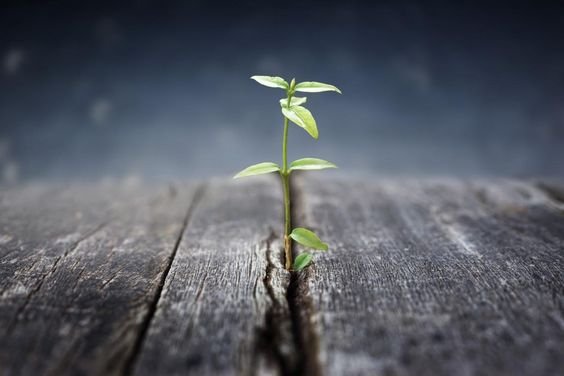Edible landscaping, as the name suggests, is all about incorporating food-producing plants into a garden design. Landscaping usually focuses on creating visual appeal. But as you will learn, edible landscaping can be beautiful and useful, too.
Design for Site: Edible Landscaping Options Suit a Wide Range of Environments
The edible options available to you will depend on where you live and the conditions to be found there.

It is easy to see how a forest or woodland environment might be adapted to grow a wide range of food. But it is important to recognize that foods can be found in many diverse settings. From arid xeriscaping schemes to edible pond and wetland plants, there are many options to consider. Even a wild lawn might produce food for you and your family to eat.
It is always important to design and plant according to specific conditions. But here are some general tips which apply to wherever you are and whichever plants are appropriate to your location.
Embrace Perennial Food Sources
No matter which environmental conditions you are dealing with, one of the most important things in edible landscaping is recognizing that growing your own food at home is not just about growing annual crops in a vegetable garden.
The most familiar perennial edibles, like fruit trees, fruiting canes, and fruit bushes, can be a good place to begin for many sites. But there are plenty of other edible perennials to embrace, too.
Be sure to seek out perennial alternatives to traditional annual crops when it comes to leafy greens, alliums, root crops, and more. These can look wonderful in mixed landscaping, and provide food not just over a single season but year after year.
Blend Annual Crops and Flowers
Many gardeners will rely on bedding plants of annual flowers (or flowers treated as annuals) to create beautiful beds and borders. But polycultures of annual fruits, vegetables, herbs, and flowers can provide food in addition to looking good.
By growing edible annual crops (as well as plenty of perennials) in their growing areas, gardeners can create diverse and attractive displays which are as useful as they are attractive. Annual food production certainly does not always have to mean growing annual fruits and vegetables in neat and orderly rows.
Layering Is Important In Edible Landscaping
When trying to make edible landscaping as low-maintenance, productive, and beautiful as possible, layering is key. You should layer edible planting, including, for example:
Productive trees, i.e. fruit and nut trees and trees with edible leaves
Shrubs and fruit bushes
Edible climbers and vines
Edible herbaceous plants, both taller and ground covering species (this includes perennial vegetables and herbs, which grow in a range of environments, as well as more typical and widely known annual crops)
Edible roots and tubers (and perhaps even edible fungi in suitable spots)
Within each edible landscaping design, it is important not only to consider each species to be included in isolation, but how to combine them in beneficial ways to create thriving systems which can sustain themselves over time.
Plant For Pollinators and Other Beneficial Wildlife
When creating edible landscaping, the most successful schemes are those which cater not only to human needs, but also to the needs of other occupants and users of the space.
Gardening for wildlife will not only be beneficial for that wildlife, but can also increase the yields possible in the space. Healthy biodiversity means that pollinators will be around to pollinate key food producing plants, and will also help with natural, organic pest control.
Flowering plants are not only beautiful; they help with wildlife attraction. Many of those new to edible landscaping are also surprised to learn just how many flowers usually considered to be ornamental options are actually edible. These plants, sometimes called “edimental” plants, are both beautiful and provide an edible yield.
It is important to recognize that there need be no distinction between “ornamental” gardens and food-producing ones.








